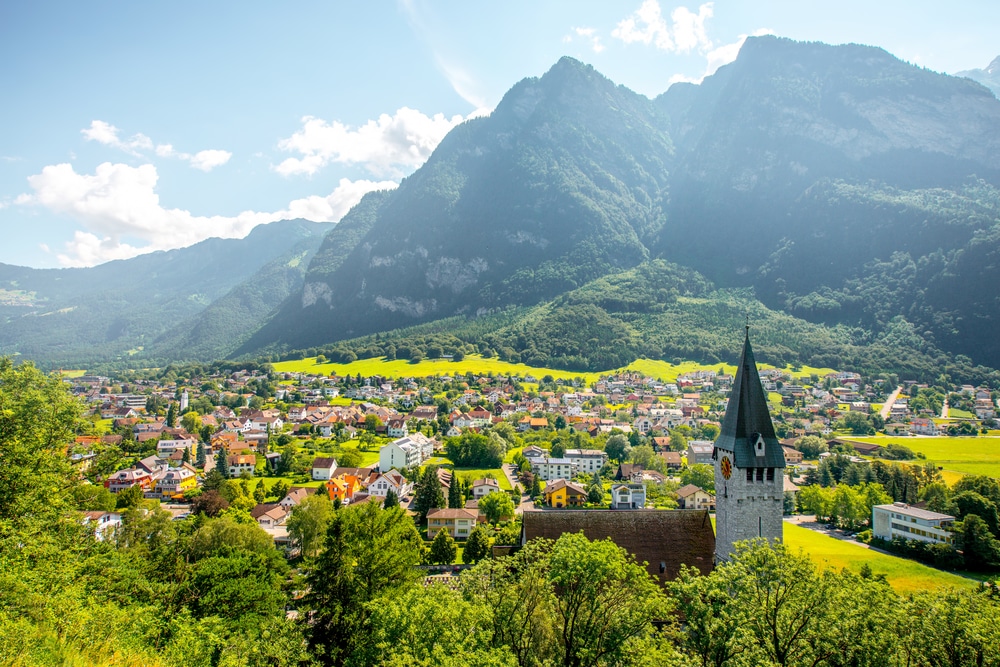The Principality of Liechtenstein is manageable, traditional, cosmopolitan and modern at the same time – just like the people who live here. The sixth smallest country in the world is located on the Rhine, between Vorarlberg, Austria and the Swiss canton of St. Gallen. Eleven municipalities are still subject to a constitutional hereditary monarchy today. The head of state is Prince Hans-Adam II of Liechtenstein. The official language is German.
The history of Liechtenstein
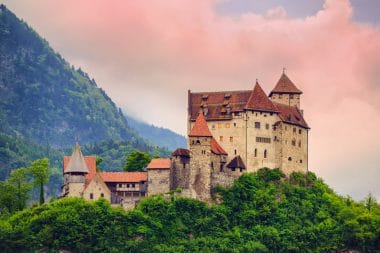
According to tradition, today’s principality was settled in the Neolithic Age. Once conquered by Romans and incorporated into the province of Raetia, the country was later Germanized under Frankish leadership. The current state was created by the purchase of the County of Vaduz and the lordship of Schellenberg by former princes. Due to the unification in 1719, the two territories were finally elevated to the Imperial Principality of Liechtenstein. Since that day, the Principality of Liechtenstein has been a hereditary monarchy. Liechtenstein was governed absolutistically: the prince lived in Vienna and had the country administered by a bailiff. This displeased the residents. They demanded a constitutional amendment. Since 1921, Liechtenstein has been run as a constitutional hereditary monarchy on a parliamentary and democratic basis. A new constitutional proposal was approved by citizens in a referendum in 2003. Even today, the principality is divided into two independent constituencies: the Oberland in the south and the Unterland in the north.
The Princely Family
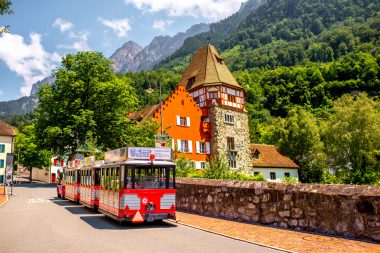
The Princes of Liechtenstein originally come from Lower Austria. They first bought the lordship of Schellenberg in 1699 and later the county of Vaduz. Since the unification of the two regions, state power has been vested in the Liechtenstein princely family. It is traditionally regulated according to the domiciliary law. The current head of state is Prince Hans-Adam II of Liechtenstein. His deputy and later heir to the throne is Prince Hans-Adam’s eldest son – Hereditary Prince Alois. He also already has children of his own. The eldest, Joseph Wenzel Maximilian Maria, will one day take over the succession to the throne.
The climate in Liechtenstein
The temperatures are pleasantly mild despite the proximity to the mountains. Warm, dry downward winds affect the weather in spring and autumn. Even in the winter months, the temperature rarely drops below minus 15 degrees, while in summer it is on average 20 to 28 degrees. Precipitation is lower than in the rest of the Alpine region and the duration of sunshine is around 1,600 hours a year. Perfect excursion weather!
Well-known sights and popular excursion destinations in Liechtenstein
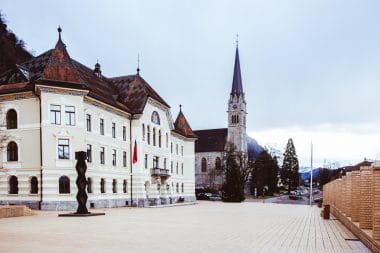
Visit Gutenberg Castle and learn everything about the high medieval castle complex. It is located in the south of the country, in Balzer. Initially, the castle was a church building with an adjoining cemetery. At the beginning of the 20th century, the site was converted into a castle complex. Visits and guided tours take place from May to October. In the summer months, the rose garden of Gutenberg Castle is used for cultural events.
During a holiday in Liechtenstein, you can’t avoid visiting the country’s capital, Vaduz. In the city, on a slope above the city, stands the famous Vaduz Castle. It is the residence of the Princely Family of Liechtenstein. Stroll through the traffic-calmed city centre and visit well-known museums, such as the contemporary art museum or the popular Landesmuseum. If you want to learn more about the princely family, you can book the city tour “Monarchy and Democracy”. She takes a look behind the scenes of the castle and the princely family.
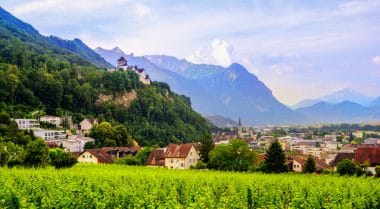
Families with children should visit the Forst rope park in Triesen. Here you can train your dexterity, concentration, strength and endurance – a special outdoor experience! Nature lovers should plan a hike through the Ruggeller Riet nature reserve. This is a 90-hectare peat area that delights with its impressive flora and fauna.
You have the best view over the Principality of Liechtenstein from the viewing terrace of Sareis in the Malbuntal. The alpine pasture is located at an altitude of 2,000 m and offers a wonderful panoramic view of the Liechtenstein mountains.
Would you like to learn more about the rural life of the people? Then visit the Peasant Housing Museum in Eschnerberg. Here you can visit an almost 500-year-old Biedermann house. It is a symbol of the late medieval settlement in the Principality of Liechtenstein.
Regional delicacies
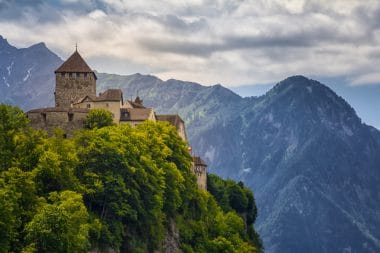
Liechtenstein has a broad culinary base: Due to its location, Liechtenstein’s cuisine is subject to influences from Austria and Switzerland. But that’s not all – some chefs have reached star level in recent years. If you look at Gault Millau, you will find four award-winning chefs. If, on the other hand, you want to explore the country’s typical cuisine, a traditional inn is the place to be. But what is typically Liechtenstein?
The roots of Liechtenstein recipes lie in the country’s rural past. It has had a strong influence on food culture. One of the oldest recipes is probably the “Ribel”. During preparation, corn semolina is boiled in milky water to a pulp and then fried in a pan. Stir until small lumps are formed. The Ribel is served with applesauce, coffee or milk. Another national dish are the small Knöpfle with sour cheese and homemade applesauce. Both dishes are also known in the border regions of Switzerland and Austria.
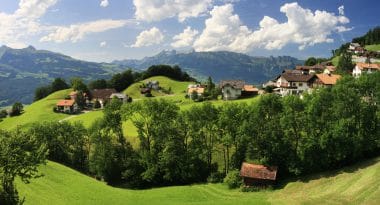
The principality also has no need to hide when it comes to the selection of drinks. Just a glance at the landscape reveals it – Liechtenstein has a long wine-growing culture. Today, 99 winegrowers cultivate over twenty different grape varieties. If, on the other hand, you prefer the enjoyment of beer to wine, you can try Liechtenstein’s beer specialties. Whether light, dark, wheat or strong beer – two Liechtenstein breweries prove that good beer is not only brewed in Germany . You should also try traditional Liechtenstein fruit brandies made from plums, pears or apples on site. Delicious!


